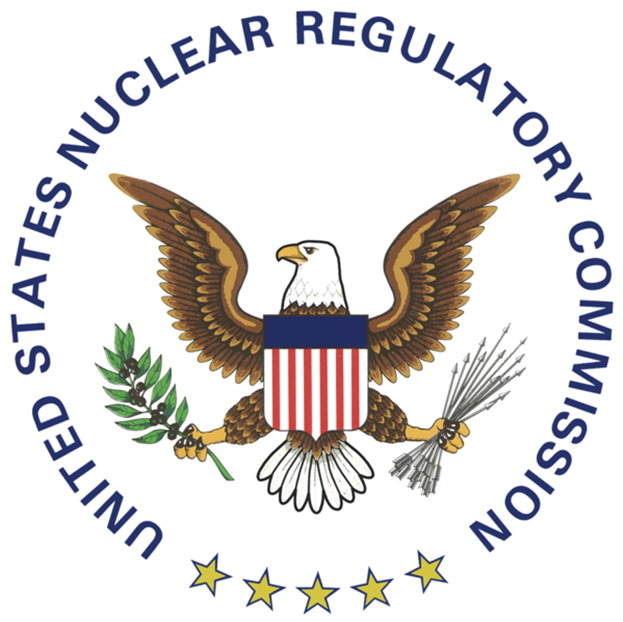Part 2 of 2 Parts (Please read Part 1 first)
2. Deploying New Reactors (continued)
Small Modular Reactors
The U.S. Nuclear Regulatory Commission is expected to carry out it final rulemaking in August to certify NuScale Power’s small modular reactor (SMR) design. NuScale is the first U.S. SMR to receive a final safety evaluation report from the NRC. It will become the seventh U.S. SMR to be certified. DoE is supporting the construction of the U.S.’s first NuScale SMR power plant at the Idaho National Laboratory. The first power module in the SMR plant is expected to be operational by 2029.
3. Fueling Future Reactors
The DoE is continuing to research several pathways to produce high-assay low-enriched uranium fuel (HALEU) to support the demonstration and deployment of advanced reactors. The DoE is currently seeking public input on establishing HALEU availability program that could start up in 2022 to help spur demand for additional HALEU production and private investment in the nuclear fuel supply infrastructure.
The DoE is also supporting the construction of a small-scale HALEU enrichment demonstration facility in Piketon, Ohio. It is expected to begin operations in 2022, pending appropriations. It would be the first HALEU enrichment facility to operate in the U.S. It is expected to produce nine hundred kilograms of HALEU per year using sixteen advanced centrifuge machines as a step toward establishing a long-term, diverse, competitive and market driven commercial supply of HALEU.
DoE’s demonstration reactors will require nearly forty metric tons of HALEU by 2030. The Nuclear Energy Institute estimate nearly three thousand metric tons of HALEU will be needed by 2035 to support the demonstration and commercial deployment of advanced reactors.
4. Consent-Based Siting
DoE is updating its consent-based siting process in order to help identify sites to store the nation’s spent nuclear fuel. The DoE plans to award competitive funding in 2022 for interested groups and communities to start exploring the consent-based siting process. They also intend to learn more about federal interim storage facilities. The DoE is currently seeking public input on it consent-based siting process. It will prepare a public summary report after the comment period ends in early March.
5. Retirements / Subsequent License Renewals
Retirements
Finally, the Palisades Power Plant is scheduled to close in May of 2022. This is nine years before its operating license expires in 2031. The single-unit pressurized water reactor currently employs more than six hundred workers in Michigan and provides clear and reliable power to more than eight hundred thousand homes.
License Renewals
Four reactors could be cleared to operate up to eighty years if they receive approval of their subsequent license renewal applications with the NRC. A decision on the North Anna Units 1 and 2 and Point Beach Units 1 and 2 could happen before the end of this year. If approved, a total of ten reactors would then be cleared to operate into the 2050s. This will further support the U.S.’s ambitious climate change mitigation goals.
Critics of the ambitious plans of the U.S. government to support the U.S. nuclear industry say that research has indicated that heavy investment in nuclear power would prevent heavy investment in sustainable renewable energy sources which the critics say would be a better choice to mitigate climate change.

